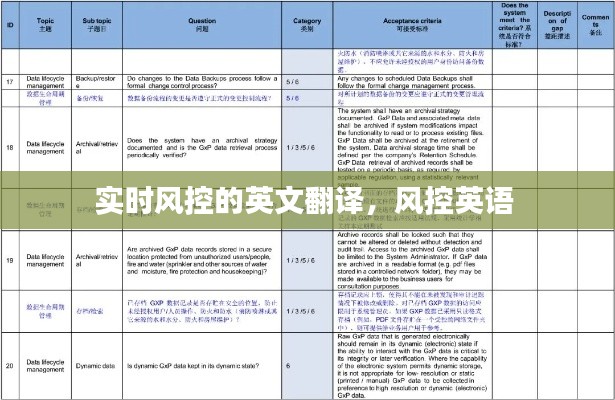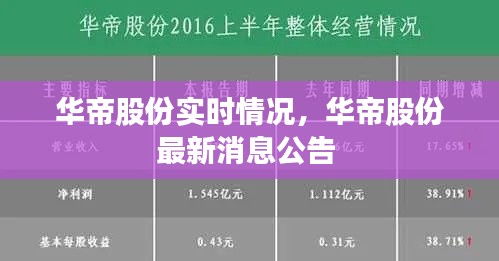Introduction to Real-Time Risk Control
Real-time risk control has become an integral part of modern business operations, particularly in industries that deal with financial transactions, cybersecurity, and critical infrastructure. This article aims to explore the concept of real-time risk control, its significance, and how it is implemented across various sectors.
What is Real-Time Risk Control?
Real-time risk control refers to the process of monitoring and managing risks in real-time, allowing organizations to identify, assess, and mitigate potential threats as they arise. Unlike traditional risk management approaches that rely on historical data and predictive models, real-time risk control leverages advanced technologies to provide immediate insights and actions.
Significance of Real-Time Risk Control
The significance of real-time risk control cannot be overstated, especially in today's fast-paced and interconnected world. Here are some key reasons why real-time risk control is crucial:
Immediate Threat Detection: Real-time risk control systems can detect threats and anomalies as they occur, allowing for immediate action to prevent potential damage.
Enhanced Decision-Making: With real-time data, decision-makers can make informed decisions based on the latest information, reducing the risk of costly mistakes.
Cost Efficiency: By identifying and addressing risks early, organizations can save on potential losses and avoid the need for extensive remediation efforts.
Regulatory Compliance: Many industries are subject to strict regulatory requirements, and real-time risk control helps organizations stay compliant with these regulations.
Technologies Used in Real-Time Risk Control
Real-time risk control relies on a combination of technologies to achieve its objectives. Some of the key technologies include:
Big Data Analytics: Big data technologies enable organizations to process and analyze vast amounts of data in real-time, identifying patterns and anomalies that may indicate potential risks.
Machine Learning and AI: Machine learning algorithms and artificial intelligence can be trained to recognize and predict potential risks based on historical data and current trends.
Blockchain: Blockchain technology can be used to create transparent and immutable records of transactions, reducing the risk of fraud and ensuring the integrity of data.
IoT (Internet of Things): IoT devices can provide real-time data on various aspects of an organization's operations, enabling more accurate risk assessments.
Implementation of Real-Time Risk Control
Implementing real-time risk control involves several steps, including:
Identifying Risks: Organizations must first identify the risks they face, both internally and externally.
Setting Thresholds: Define thresholds for what constitutes a risk event, allowing the system to trigger alerts when these thresholds are exceeded.
Developing Controls: Implement controls and mitigation strategies to address identified risks.
Integrating Technologies: Integrate various technologies to create a cohesive risk control system.
Monitoring and Reporting: Continuously monitor the system and generate reports to assess the effectiveness of risk controls.
Case Studies: Real-Time Risk Control in Action
Real-time risk control is already being implemented in various industries, with notable examples including:
Financial Services: Banks and financial institutions use real-time risk control to monitor transactions for signs of fraud, preventing unauthorized activities.
Healthcare: Real-time risk control helps healthcare providers identify and respond to potential patient safety risks, improving patient outcomes.
Energy Sector: Real-time risk control systems in the energy sector help prevent equipment failures and ensure the safety of personnel and the public.
Challenges and Considerations
While real-time risk control offers numerous benefits, there are also challenges and considerations to keep in mind:
Data Privacy: Ensuring the privacy and security of data collected and processed by real-time risk control systems is crucial.
False Positives: Real-time systems may generate false positives, leading to unnecessary alerts and actions.
Complexity: Implementing and maintaining a real-time risk control system can be complex and resource-intensive.
Regulatory Compliance: Organizations must
转载请注明来自马鞍山同杰良,本文标题:《实时风控的英文翻译,风控英语 》















 皖ICP备2022015489号-1
皖ICP备2022015489号-1